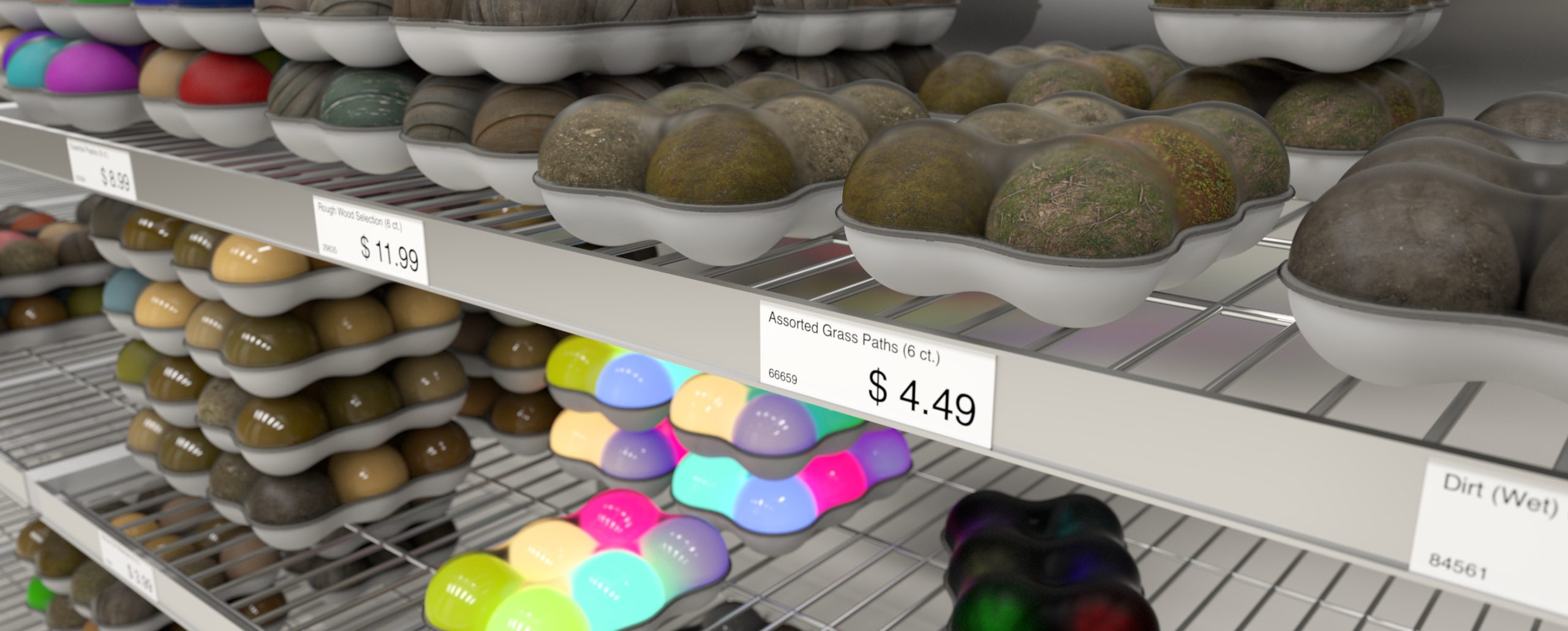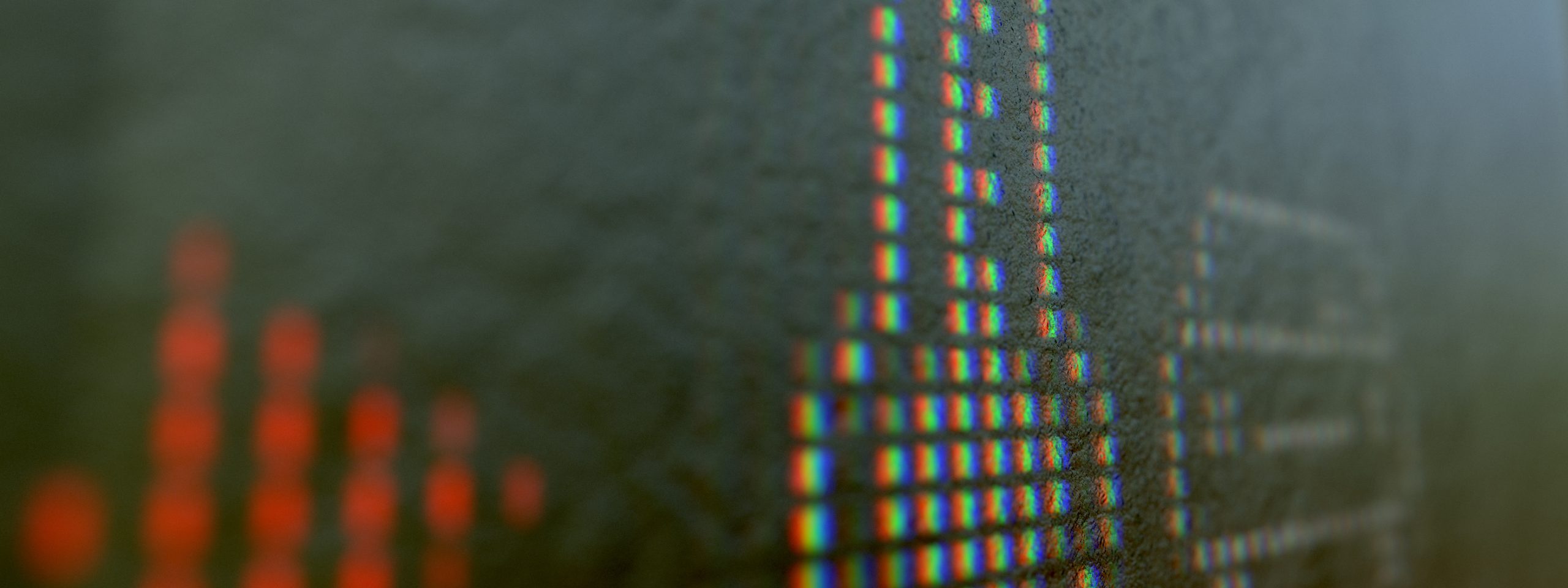Tag: computer graphics
-

How PBR and Photogrammetry are changing real-time asset workflows.
Historically, when working on technical art direction for a video game, every game was different. The 2D/3D art pipeline was defined by the visual style of the game, hardware capabilities and the render pipeline, which was often built specifically for a particular game. But if the style you need is photo-realistic, why bother creating assets…
-

Why Hardware Raytracing is Awesome
Raytracing is a great technlogy to render photo-realistic lighting, reflections and even refractions and caustics. But with ever-increasing rendering resolutions, we’ve never really been able to do any great-looking full-scene raytracing in real-time and a capacity that is ready for consumer video games and other applications. The next Generation of Video game consoles, Playstation 5 and XBOX…
-
Game Console Graphics Stagnation
How ever-increasing resolutions are eating our flops and why we need better pipelines.
-

Dithering Explained – For Humans
Dithering is a technique used to mitigate the loss of depth in a quantization process of any signal and is often used in computer graphics to reduce the perception of “steps” and increase visual fidelity. There are different approaches to this and the original concept is way older than computer graphics. However, even though it’s…
